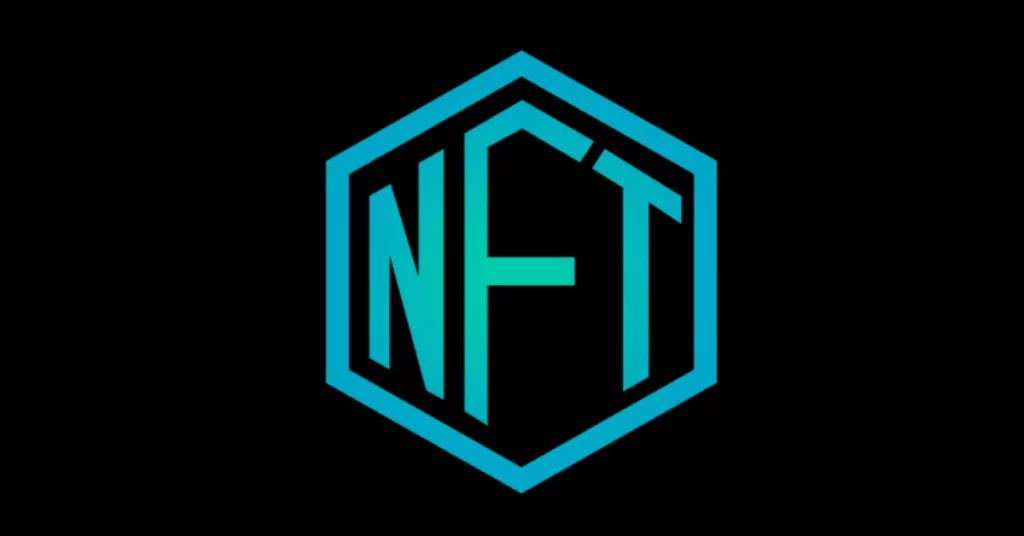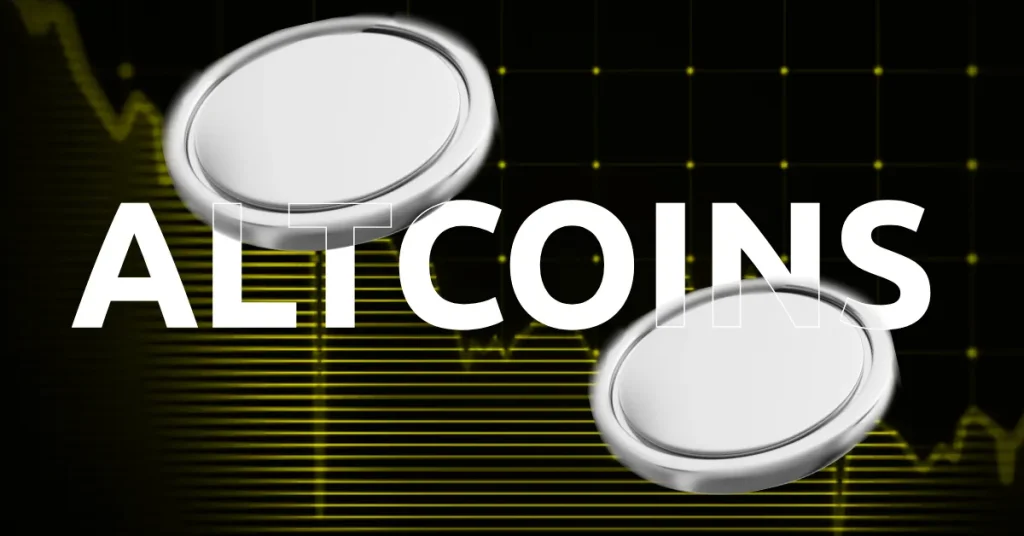
The post NFT Mania: The Rise of Non-Fungible Tokens and Digital Collectibles appeared first on Coinpedia Fintech News
In a world where the digital landscape is constantly evolving, the rise of NFTs and digital collectibles has been nothing short of revolutionary. From transforming art ownership to redefining virtual real estate, the explosive growth of NFTs has captured the imagination of creators and collectors alike.
The Rise of NFTs and Digital Collectibles
The rise of NFTs (Non-Fungible Tokens) and digital collectibles has fundamentally reshaped the way we perceive and interact with digital assets. NFTs represent unique digital tokens that are stored on a blockchain which has opened up a new realm of possibilities for creators and collectors, as it allows for the creation and trade of digital assets with unparalleled scarcity and ownership verification.
NFTs have garnered widespread attention across various industries including gaming as seen in the andar bahar real cash game.
Understanding NFTs: What Are They and How Do They Work?
NFTs, or Non-Fungible Tokens, represent unique digital assets that are indivisible and cannot be replicated. NFTs are one-of-a-kind and are distinguished by their distinct properties and ownership records. Each NFT is minted and recorded on a blockchain, providing a transparent and immutable ledger of ownership and transaction history.
The process of creating and owning an NFT involves minting a token on a compatible blockchain platform, which can then be associated with a digital asset such as artwork, music, videos, or virtual real estate. Once minted, the NFT becomes a unique digital certificate of ownership, allowing the creator to sell, license, or transfer the digital asset with verifiable proof of authenticity and provenance.
NFTs leverage smart contracts, which are self-executing agreements coded on the blockchain, to automate the process of transferring ownership and managing royalties. This ensures that creators receive a predetermined percentage of sales whenever their NFTs are resold in secondary markets, providing a sustainable revenue model that aligns with the ongoing value of the digital asset.
The Impact of NFTs on the Art Industry
The art industry has experienced a seismic shift with the proliferation of NFTs, as creators and collectors embrace the potential of digital ownership and tokenized artwork. NFTs have disrupted the traditional art market by providing a decentralized platform for artists to showcase and monetize their digital creations, bypassing the constraints of physical exhibitions and intermediaries.
Artists are now able to directly connect with a global audience, transcending geographical boundaries and reaching a diverse community of art enthusiasts and collectors. The concept of digital scarcity inherent in NFTs has introduced a new dimension to art collecting, as collectors seek to acquire exclusive digital artworks with provable ownership and authenticity. This has led to a surge in demand for NFT art, with high-profile sales and auctions attracting attention from both traditional art connoisseurs and digital art enthusiasts.
Exploring the Potential of NFTs in Virtual Real Estate
The concept of virtual real estate has gained prominence in the realm of NFTs, as digital landscapes and metaverses become increasingly valuable assets in the digital economy. Virtual real estate, represented by NFTs, encompasses virtual environments, gaming spaces, and digital land parcels within decentralized platforms and virtual worlds.
NFT-based virtual real estate offers a unique opportunity for investors and enthusiasts to own and develop digital properties, with the potential for appreciation and monetization within virtual communities and gaming ecosystems. As metaverse platforms continue to expand and gain traction, the demand for virtual real estate NFTs has surged, with notable sales and developments shaping the landscape of digital property ownership.
The integration of NFTs in virtual real estate enables users to establish ownership of virtual assets, create immersive experiences, and participate in virtual economies.
NFT Platforms and Marketplaces: Where to Buy and Sell
NFT platforms and marketplaces serve as the primary hubs for buying, selling, and trading digital assets, offering a diverse range of NFTs across art, collectibles, virtual real estate, and entertainment.
Leading NFT platforms such as OpenSea, Rarible, and Foundation have gained prominence for their user-friendly interfaces, robust market liquidity, and support for a wide array of digital assets. These platforms facilitate seamless transactions, enable auction-based sales, and integrate secondary market functionalities, empowering users to engage in NFT commerce with ease and security.
Market dynamics and trends within NFT platforms are shaped by factors such as creator reputation, rarity of assets, community engagement, and cultural relevance, influencing the perceived value and desirability of NFTs. Understanding the nuances of different platforms and marketplaces is essential for both creators and collectors in navigating the evolving landscape of digital ownership and exchange.
The Future of NFTs: Trends and Predictions
The future of NFTs is poised for continued innovation and expansion, driven by advancements in technology, artistic expression, and virtual experiences. As the ecosystem matures, NFTs are likely to intersect with augmented reality, virtual reality, and the metaverse, fostering immersive and interactive applications that redefine the boundaries of digital ownership and engagement.
Conclusion
The explosive growth of NFTs and digital collectibles has ushered in a new era of digital ownership, creativity, and economic empowerment.
As NFTs continue to permeate diverse industries and cultural spheres, the evolution of digital ownership presents a wealth of opportunities for creators, collectors, and investors to participate in a dynamic and innovative marketplace.

 1 year ago
100
1 year ago
100














 English (US) ·
English (US) ·